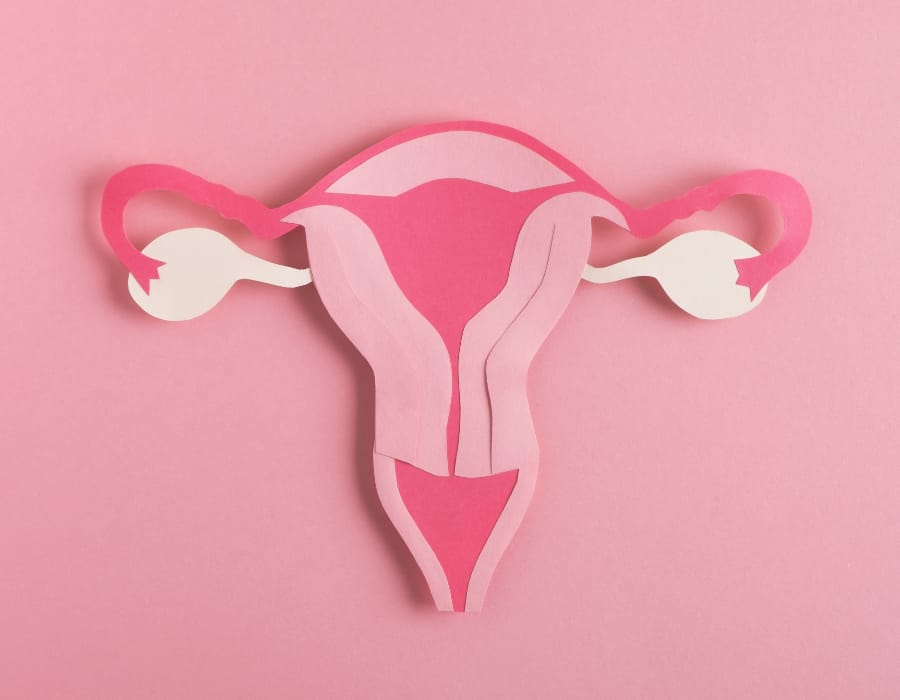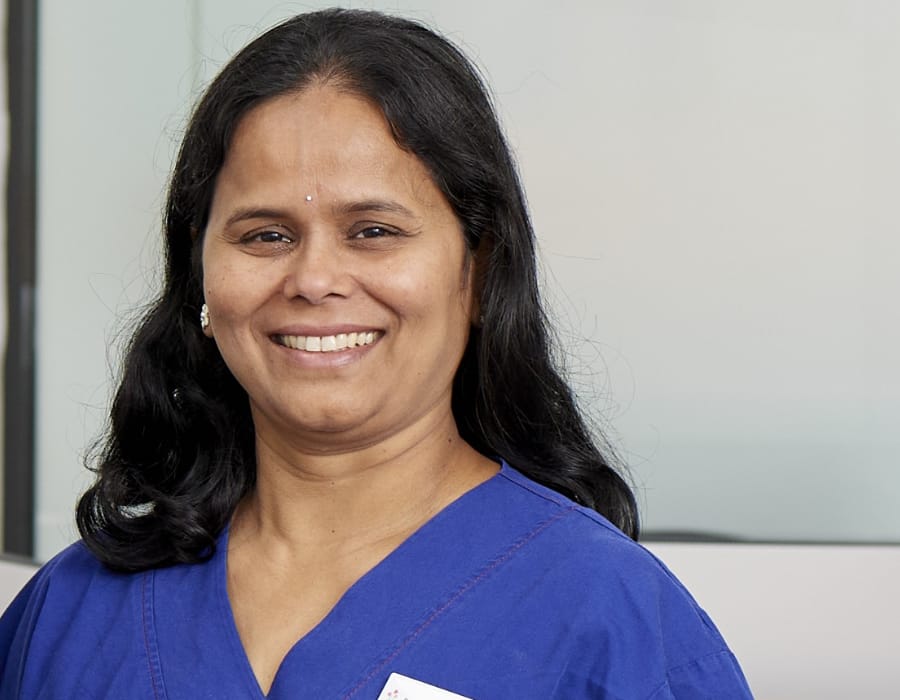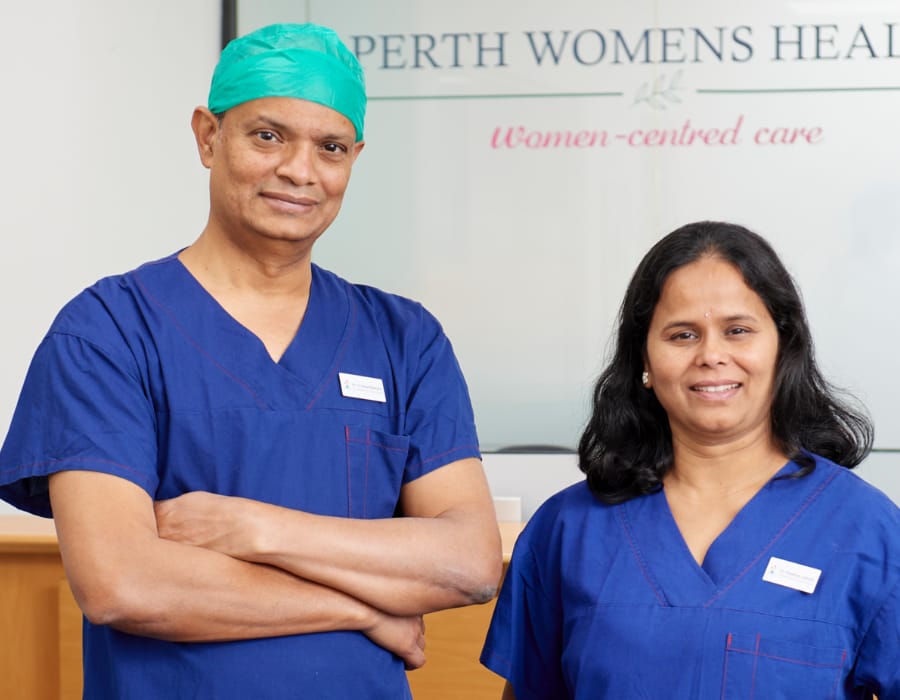Hysterectomy Perth
Everything you need to know about having a hysterectomy

In a nutshell
When you consider having a hysterectomy, it means your uterus will be surgically removed, and as a result, you will no longer be able to conceive. In some cases, a hysterectomy is a medical emergency but in most cases it is done to alleviate pain or discomfort.
Hysterectomy Perth
Why you may need a hysterectomy
Deciding to remove your womb, is a serious decision, and one that comes with emotional, physical, and long-term considerations.
“In our consultation, we will carefully explain each aspect of the procedure, clarifying its impact on your health and fertility. We are committed to understanding your unique situation, valuing your concerns, and offering personalised guidance so you can make an informed decision.”

There are various reasons why a hysterectomy might be discussed or recommended.
1. Fibroids
Fibroids are the most common reason for a hysterectomy. Fibroids are benign tumours in the uterus. Those non-cancerous overgrowth cells may cause heavy bleeding, pelvic discomfort and pain. Sometimes they put pressure on other organs and these symptoms may need treatment.
“It doesn’t necessarily mean you need a hysterectomy when you have fibroids. There are less invasive treatments available. Hysterectomy, however, is a permanent solution for fibroids and an option if other treatments haven’t worked out.”

2. Endometriosis
Another reason to consider a hysterectomy is endometriosis. This condition occurs when tissue, similar to the lining inside your uterus, starts to grow outside of it.
“Endometriosis can cause extreme pain and irregular bleeding. A hysterectomy can reduce your symptoms, and sometimes completely eliminate them, but it’s possible that it comes back, even after a hysterectomy.”

3. Adenomyosis
In adenomyosis, the lining inside the womb grows into the muscle of your uterus (whereas in endometriosis, this lining grows outside the womb). The uterine wall then thickens and this leads to pain and heavy bleeding.
4. Heavy or long periods
Another reason for a hysterectomy is when your periods are super heavy or last much longer than usual, making everyday life a challenge.
5. Prolapse
As you age, the muscles supporting your vagina can weaken, leading to a condition called prolapse. This might cause your bladder, rectum, or uterus to shift position. While many women experience minor prolapse without noticeable issues, in severe cases you might feel a heavy sensation in the pelvic area, have trouble controlling your bladder or bowels, or even notice an organ protruding through the vaginal opening.
6. Cancer in the uterus, cervix or ovaries
If there’s cancer or a risk of cancer in the uterus, cervix, or ovaries, a hysterectomy might be recommended.
Sometimes a hysterectomy may be the only treatment option if you have cancer affecting your reproductive system.
“At Perth Women’s Health, we recognise that a hysterectomy is more than a physical change; it’s an emotional journey. Rest assured, we listen to your concerns. We are committed to guiding you through this transition and connecting you with psychological support should you feel the need to talk to someone.”


Types of hysterectomy
What exactly is removed during hysterectomy?
During hysterectomy, some or all parts of your reproductive system are taken out. The exact parts removed depend on the type of surgery and the reason for it.
Here are the three main types of hysterectomy:
Total hysterectomy
In a total hysterectomy, both the womb and the cervix (neck of the womb) are removed. This is typically the preferred option because it eliminates the risk of developing cervical cancer later in life. The fallopian tubes may also be removed during this procedure.
Partial (or subtotal) hysterectomy
In a partial or subtotal hysterectomy, the main body of the womb is removed, but the cervix remains in place.
Radical hysterectomy
A radical hysterectomy involves removing the body of the womb, cervix, fallopian tubes, part of the vagina, ovaries, lymph glands, and fatty tissue. This type of hysterectomy is primarily for cancer treatment, especially when other options like chemotherapy and radiotherapy aren’t viable or haven’t been effective.

Hysterectomy procedure Perth
How is a hysterectomy performed?
There are three main methods to perform a hysterectomy, each with its specific approach and considerations.
Laparoscopic hysterectomy (keyhole surgery)
This method involves small incisions in your abdomen. A laparoscope with a tiny video camera is inserted through one of these incisions, allowing us to view the internal organs.
Instruments are then inserted through the other small incisions in your abdomen or vagina to remove the necessary parts of your reproductive system.
A laparoscopic hysterectomy is performed under general anaesthetic.
Vaginal hysterectomy
In this procedure, your reproductive parts are removed through an incision made at the top of the vagina. Once the parts are removed, the cut is sewn up.
A vaginal hysterectomy can be done under general anaesthetic, local anaesthetic or a spinal anaesthetic/epidural.
Abdominal hysterectomy
During this procedure, we will make an incision in your abdomen, either horizontally along the bikini line or vertically from the belly button down.
This operation happens under general anaesthetic and may be recommended if your womb is enlarged by conditions like fibroids or if it’s not possible to remove the womb through the vagina. It may also be chosen if the ovaries need removal.
How can I prepare for hysterectomy?
Making sure that you are in the best possible health before undergoing a hysterectomy can significantly reduce the risks of surgery and help you recover quicker. As part of your preparation:
- Lifestyle Preparations:
- Stop smoking: If you’re a smoker, it’s essential to quit as it can interfere with your healing process.
- Diet: Maintain a healthy, balanced diet to ensure your body has all the nutrients it needs for recovery.
- Exercise: Regular physical activity helps in improving your overall health.
- Weight management: Being at a healthy weight can reduce potential risks.
Beyond these general health measures, there are specific steps you should follow in the immediate lead-up to your surgery.
- Fast for at least 6 hours before your operation. Typically, there’s no need for bowel preparation.
- We will review your past medical and surgical records. If you’re on medications that could affect the procedure, those will be discussed.
Understanding the emotional impact of hysterectomy
A hysterectomy can lead to emotional and hormonal shifts because of the loss of reproductive functions. Seeking support and counselling post-surgery can be crucial for managing these changes.
Hysterectomy Perth Women’s Health
Perth Women’s Health for hysterectomy
At Perth Women’s Health, we recognise that considering a hysterectomy can be an emotionally charged decision. That’s why we prioritise minimal waiting times, providing you with quick answers and peace of mind.
Our Perth gynaecologists bring a wealth of expertise from esteemed institutions like JIPMER and AIIMS New Delhi, and they’ve received international training in London.
Most importantly, we offer genuine empathy and personalised attention, making sure that you feel at ease throughout the process.

Women’s health clinic near me
Find us here
Mon-Fri: 8am – 4pm
Level 2, Suite 64-66
100 Murdoch Drive
Murdoch WA 6150
Perth Women’s Health Blog
Latest articles on women’s health
